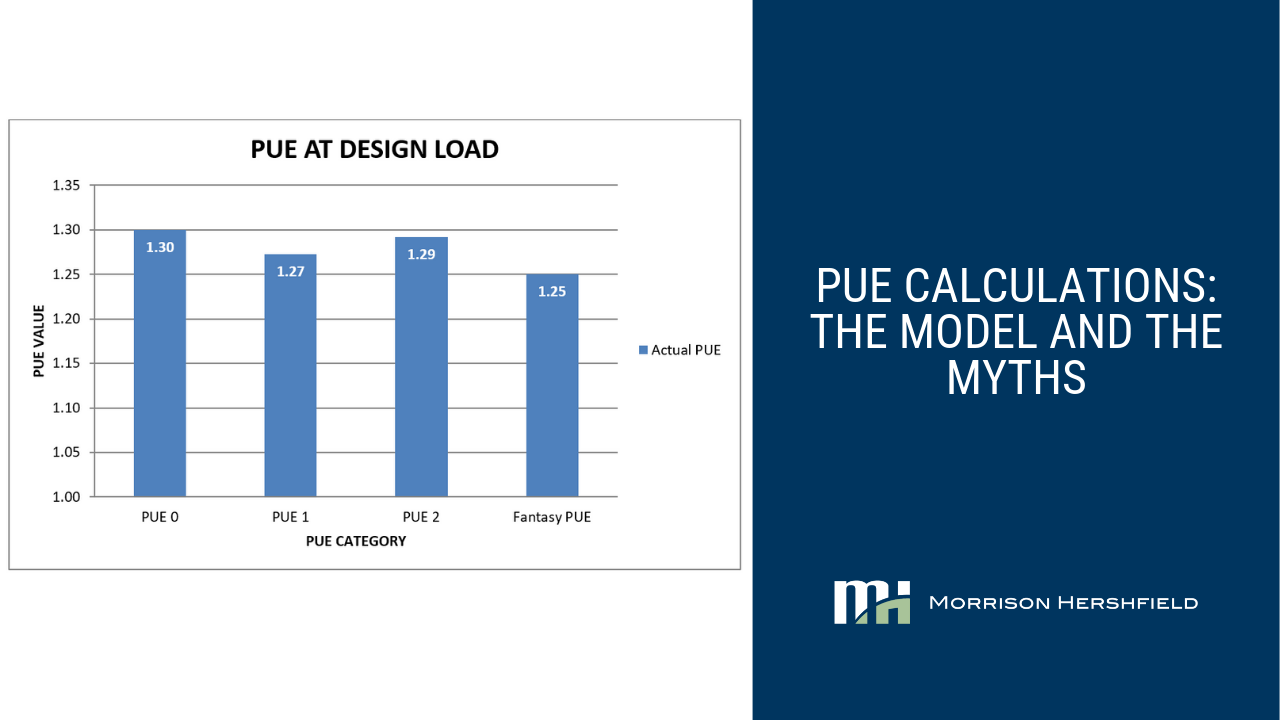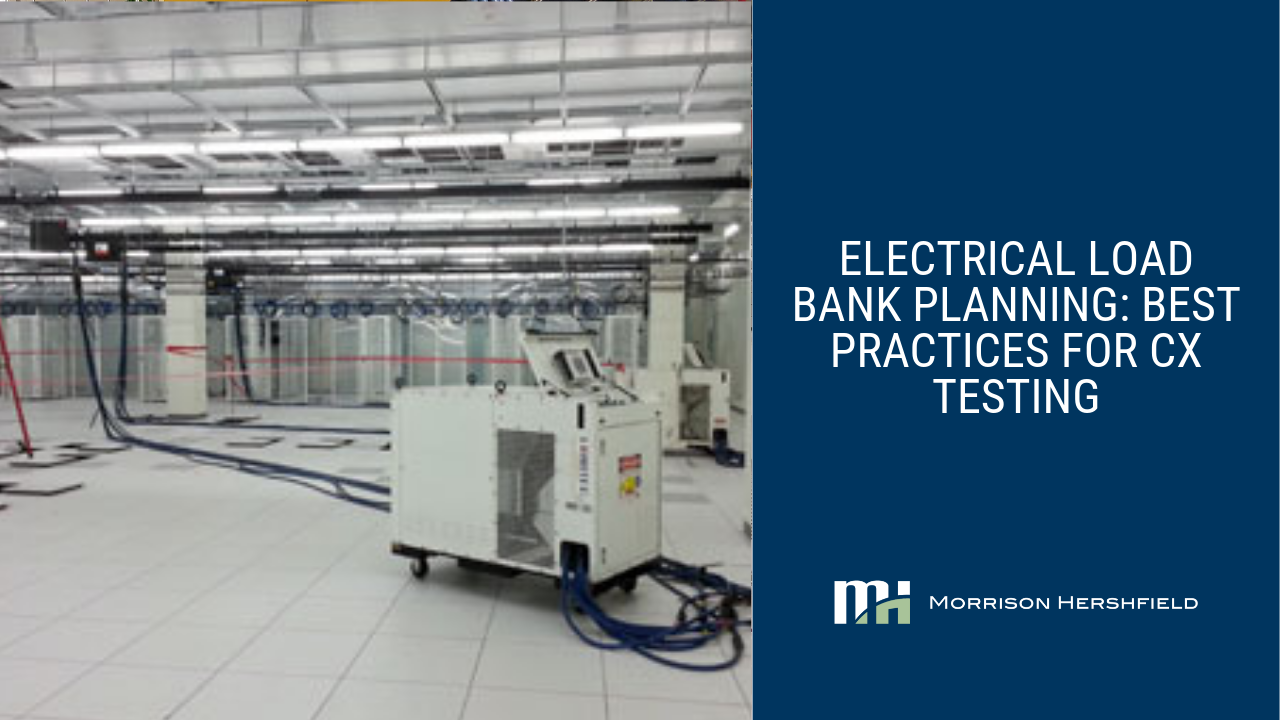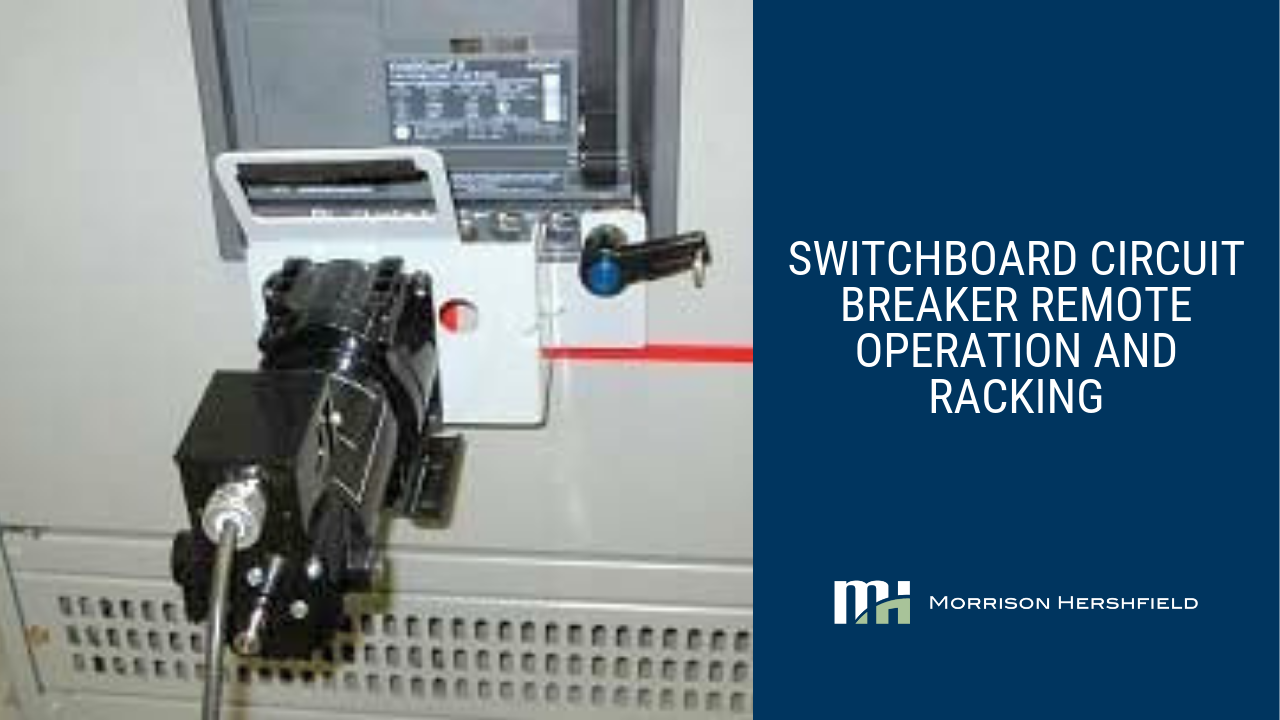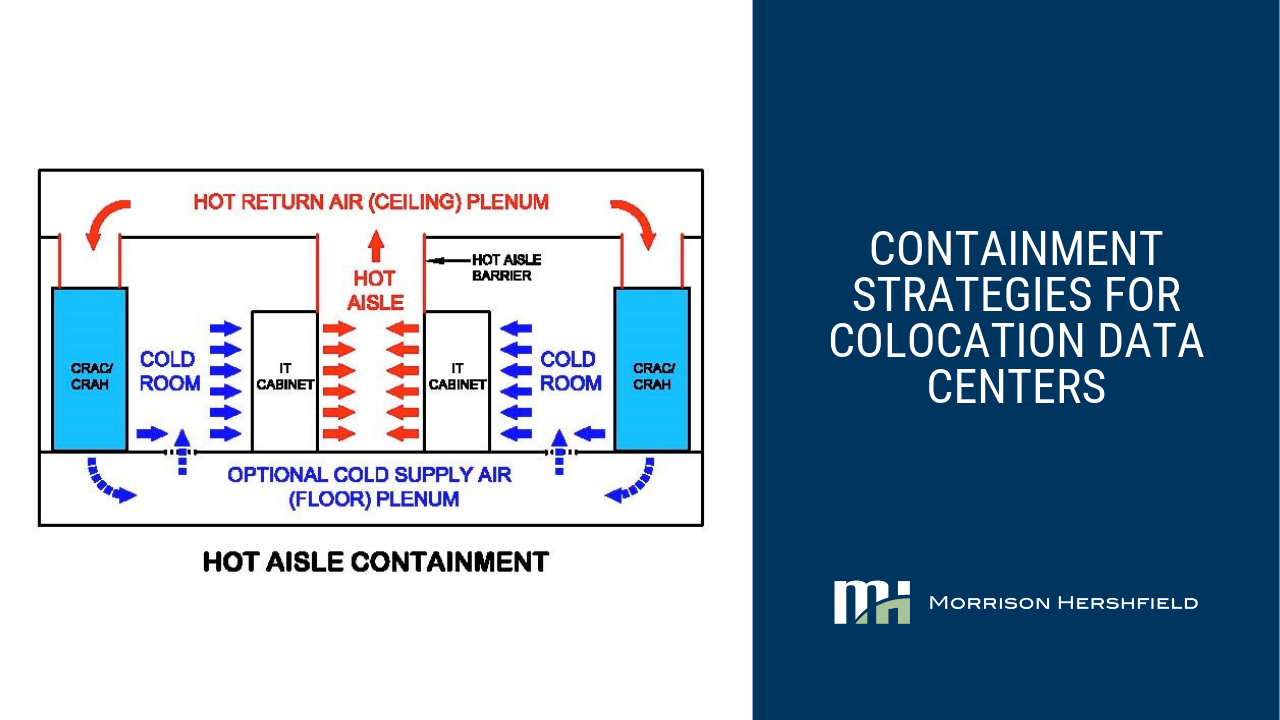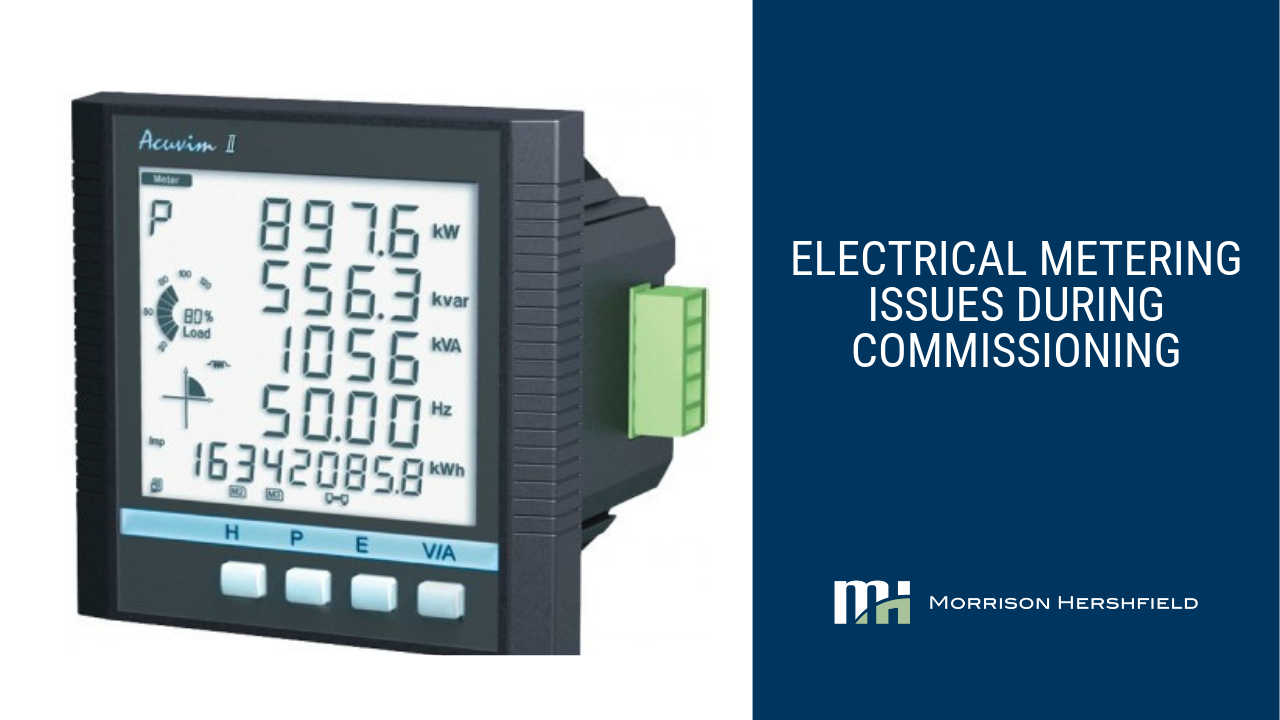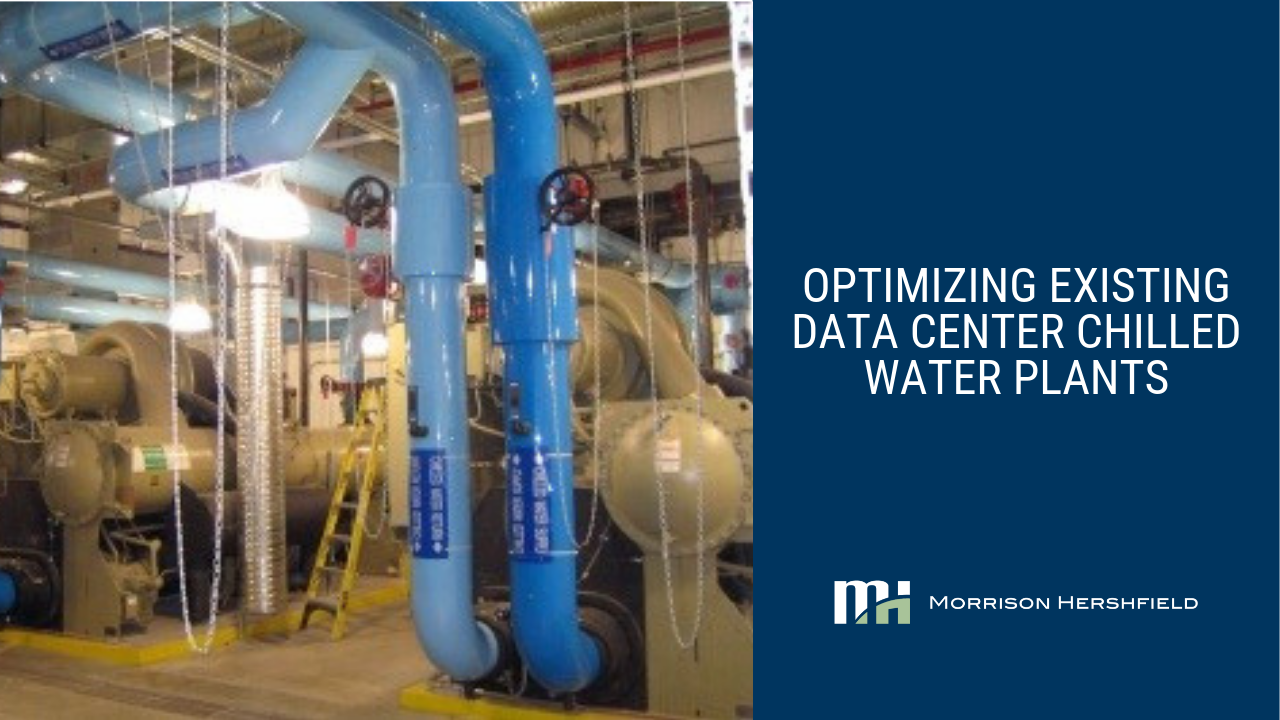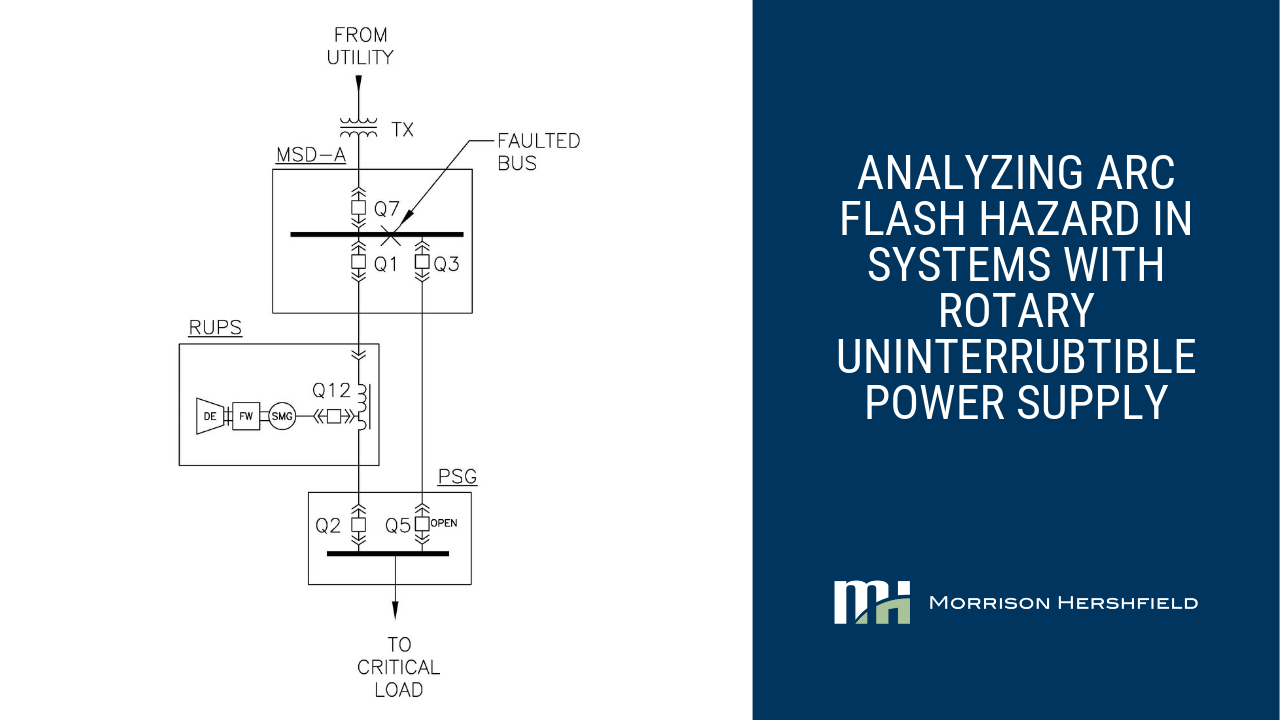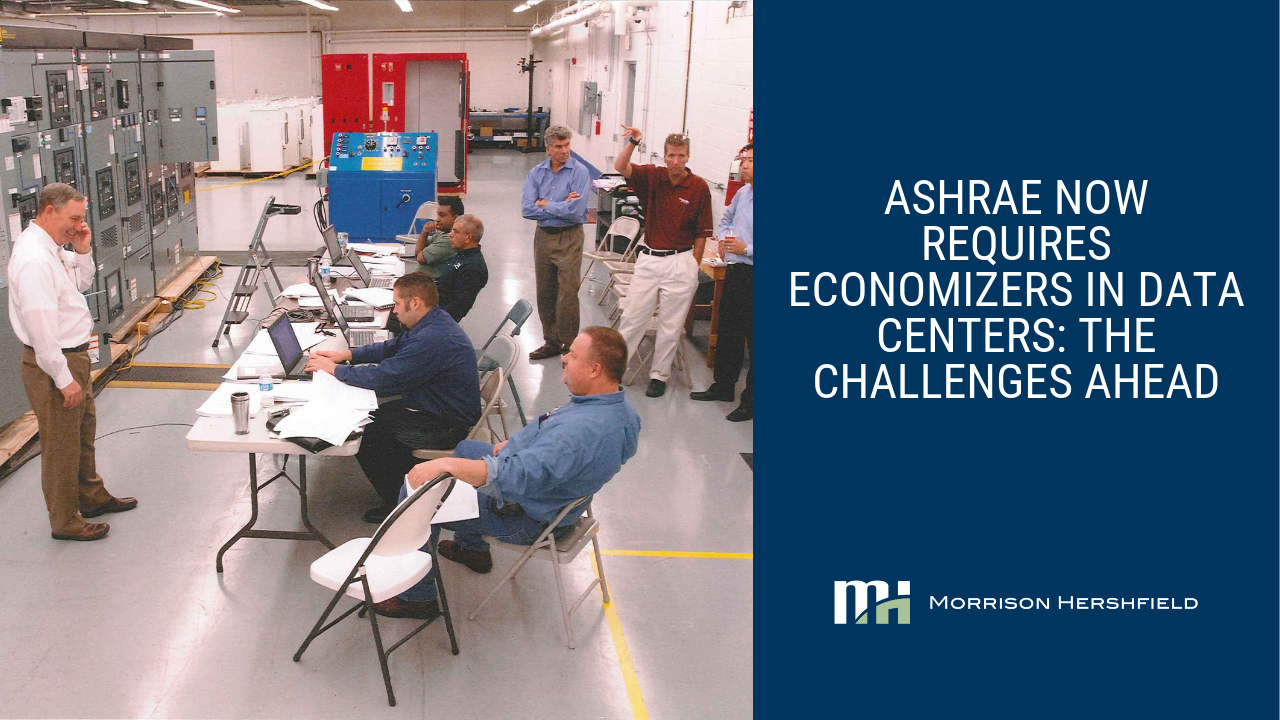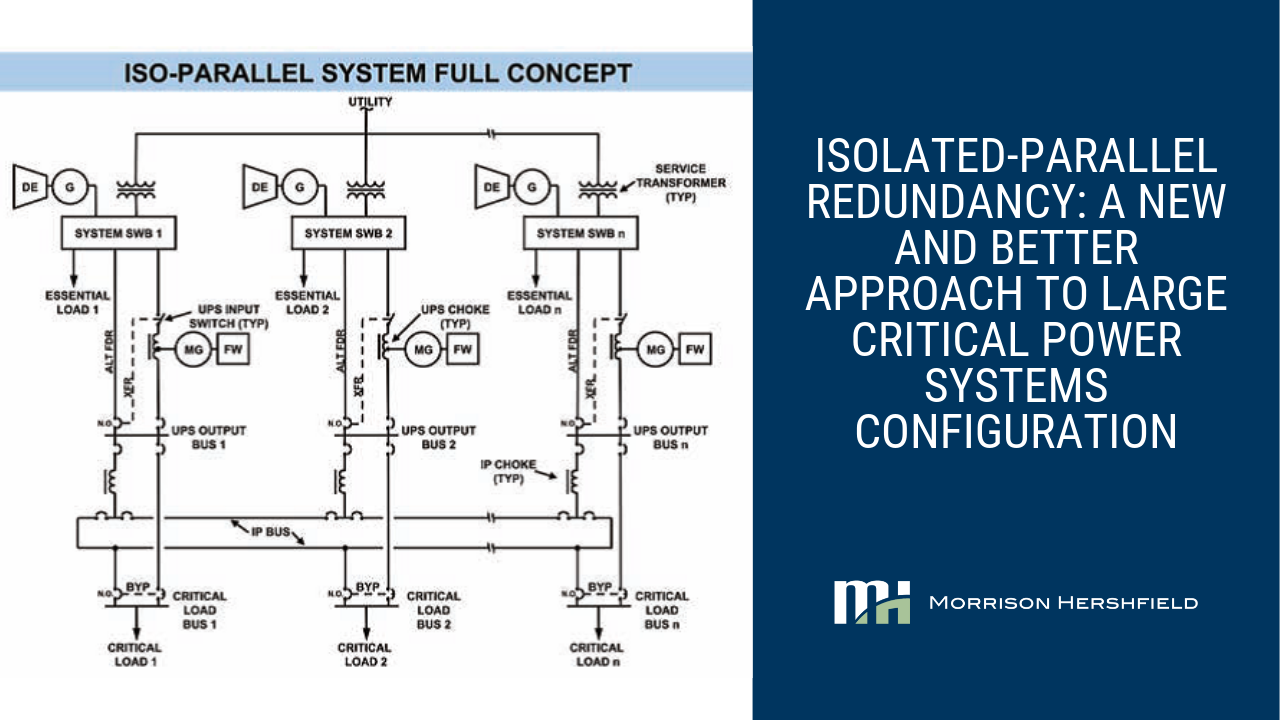This White Paper explores some of the more common Power Usage Effectiveness (PUE) calculation mistakes and myths while demonstrating their impact on PUE values calculated for a specific data center facility design project.
Electrical Load Bank Planning: Best Practices for Cx Testing
The use of load banks, portable or permanent, during the commissioning process to simulate encountered electrical loads has many facets. Loads banks provide electrical loading (kW) as well as mechanical loading (BTU’s).
Switchboard Circuit Breaker Remote Operation and Racking
Operation and maintenance of power circuit breaker equipment involves exposure to potential hazards associated with high-energy electrical supply systems which are typically encountered within data centers. Switchboard accessory mechanisms are available to provide safety when interacting with this equipment.
Containment Strategies for Co-Location Data Centers
Electrical Metering Issues During Commissioning
Electricity unlike anything else is not something that can be seen, like the flow of water. Nor can it be smelt, like the breeze bringing odors. It can however certainly be felt usually with disastrous results. As humans we rely on the five senses of sight, smell, touch, taste, hearing – electricity in general defies the ability to use most of those senses directly. We can however indirectly observe electricity through the use of meters to determine the presence of it.
Optimizing Existing Data Center Chilled Water Plants
This White Paper describes factors to be considered when optimizing an existing data center chilled water plant.
A Case Study for Waterproofing Below Grade Walls Shored with Continuous Soil Mix Technology Using a Bentonite Waterproofing System
The development of a seven-story office building with a four-story underground parking garage, located adjacent to the Alaskan Way viaduct just south of downtown Seattle posed unique challenges. The project was situated on a sensitive site with specific soil conditions and a high water table. The team identified early on the need to develop strategies to minimize the risks associated with the site conditions both during construction and over the long term. The site conditions along with the project requirements were all considered in the selection of the appropriate shoring system and waterproofing system for the structure.
Special Considerations When Analyzing Arc Flash Hazard in Systems With Rotary Uninterruptible Power Supply Module
Rotary Uninterruptible Power Supply (RUPS) modules are technologically complex. Calculating arc flash hazard on systems containing this equipment requires special attention to the RUPS controls. Otherwise, the arc flash calculations could result in erroneously high values.
ASHRAE Now Requires Economizers in Data Centers: The Challenges Ahead
In 2009, ASHRAE set an aggressive target of net-zero energy use for all new buildings by the year 2030. With that objective in mind, innovative energy saving ideas were sought from the various ASHRAE committees, particularly those associated with ASHRAE's Standard 90.1, the "Energy Standard for Buildings Except Low-Rise Residential Buildings". As a referenced standard of practice in essentially all building and mechanical codes in the United States, the impact of any change to this Standard is understandably immense.
Current Direct Isolated-Parallel Redundancy: A New and Better Approach to Large Critical Power Systems
This White Paper describes a new approach to large critical power system configuration, which offers significant advantages over current practice for a broad range of commercial applications.

